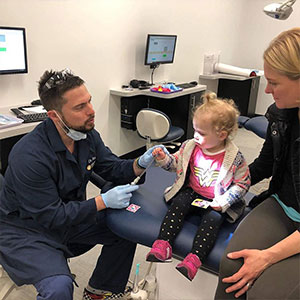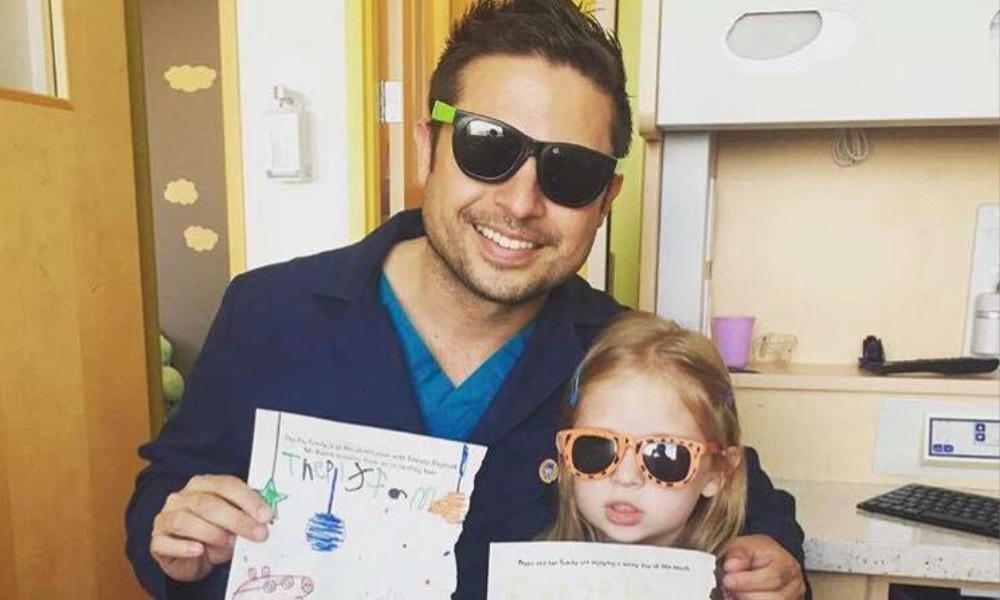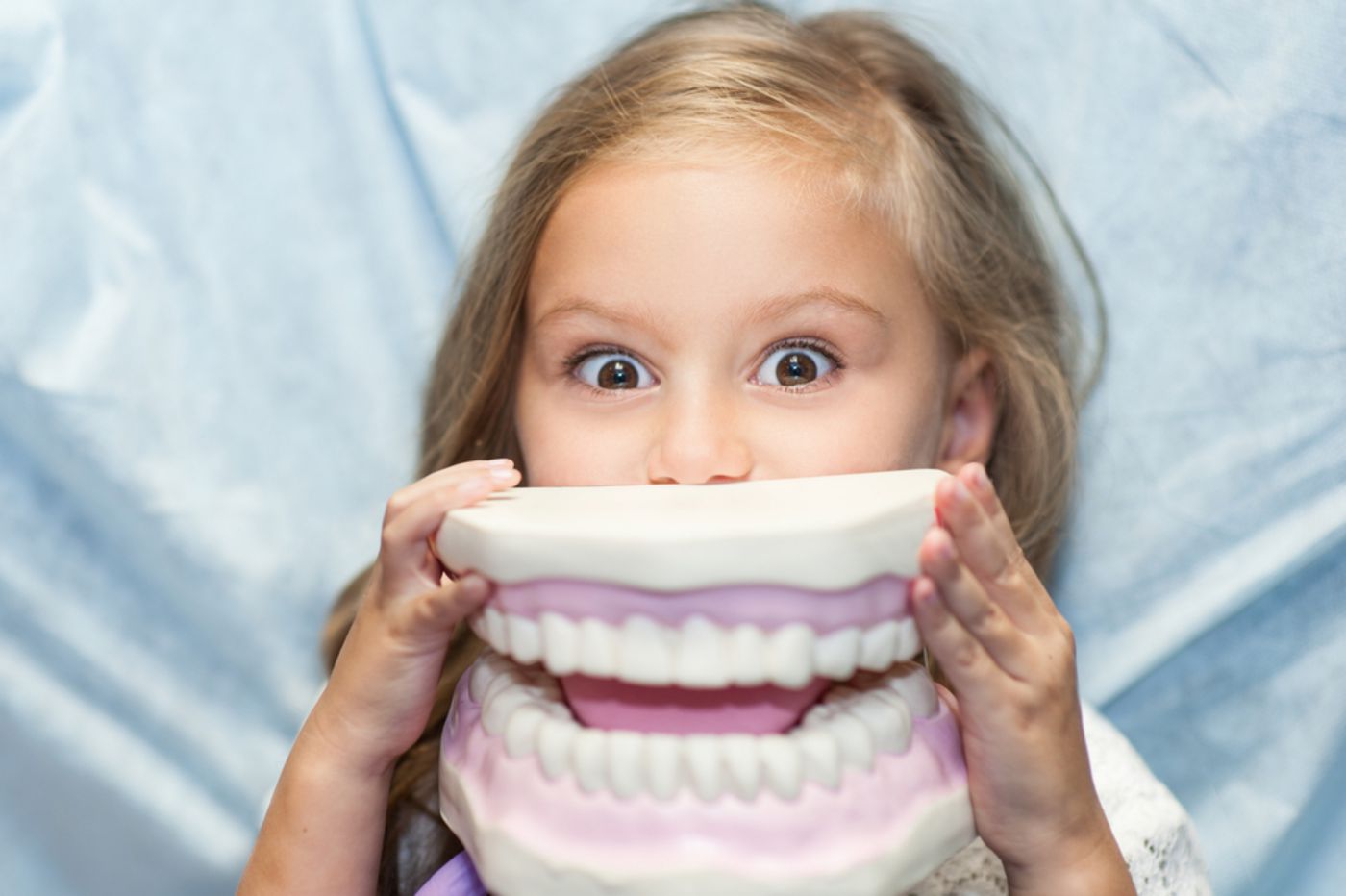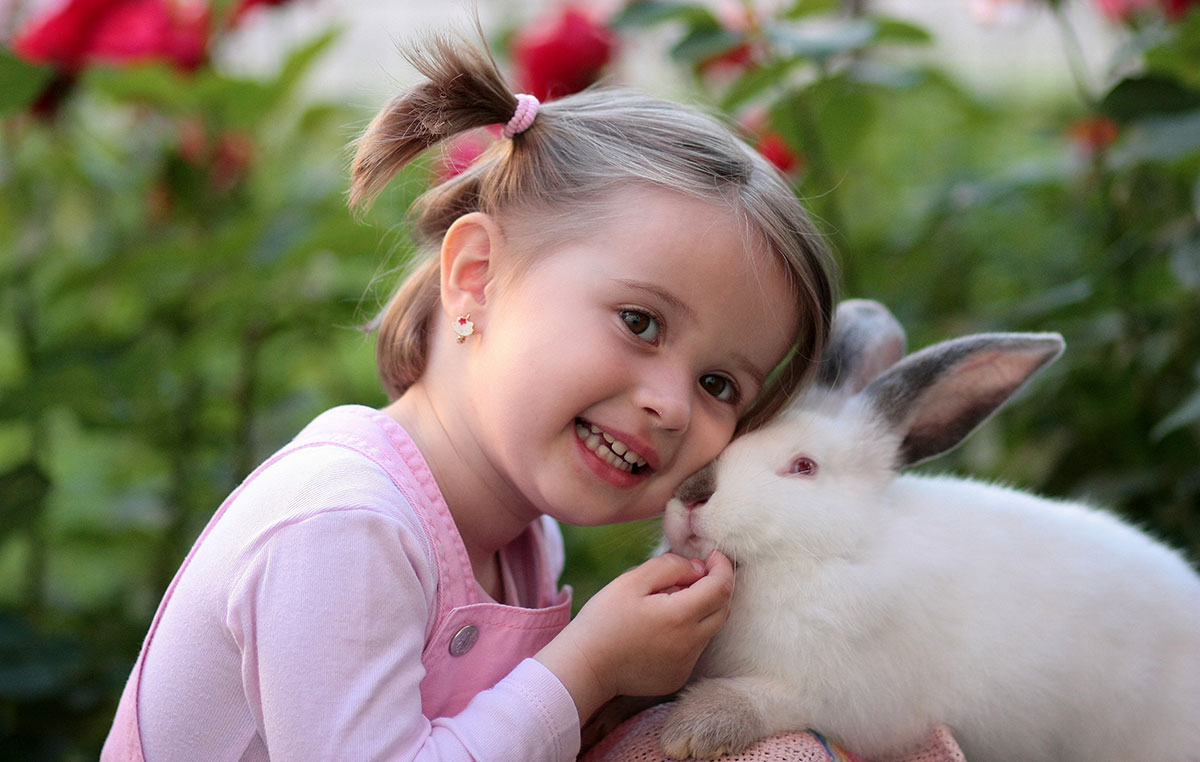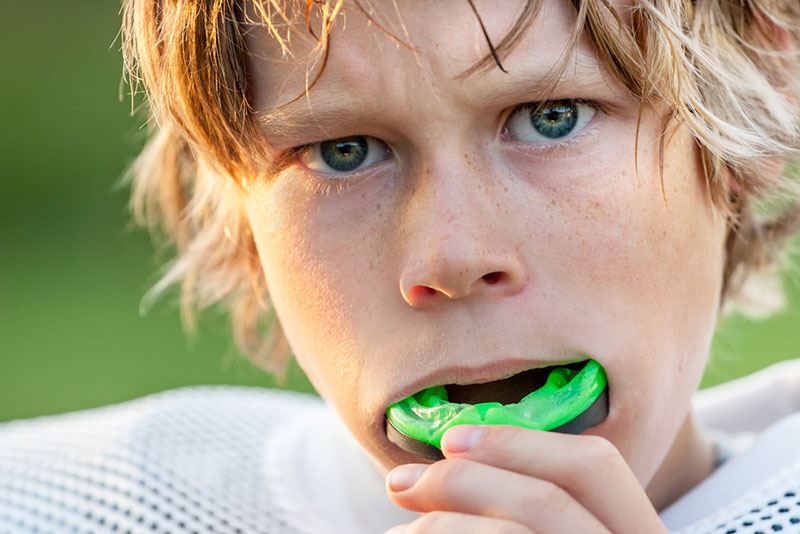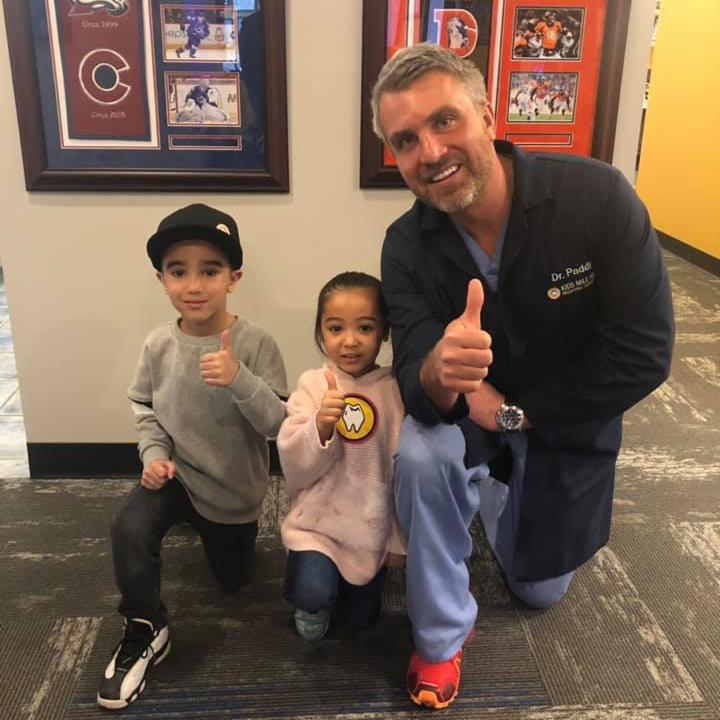
New Year’s Resolutions for Kids’ Healthy Teeth

Can you believe that we’re mere weeks away from a brand new decade? At Kids Mile High, we can’t wait to ring in 2020 with big goals for the year ahead. After all, the start of a new year is the perfect time to kickstart all your resolutions. This year, we want to help your kids set themselves up for a lifetime of healthy teeth!
As your Denver pediatric dentists, we know that getting little ones excited about oral health care can be a challenge — but with a little fun and motivation, you can set smart teeth goals for your kids to keep them happy and healthy all year long. Not sure where to start? Here are our favorite New Year’s resolutions for healthy smiles.
-
Brush Twice a Day — For Two Minutes!
I think this is something we’ve all been guilty of at one point or another — kiddos and adults alike. Even though most people brush their teeth twice a day, most spit and rinse well before the recommended two-minute time frame is up. This year, help your kids (and yourself!) stay on track for great oral health by encouraging them to brush for two minutes, twice a day. You could even make a game of it by picking a fun, two-minute song to play while they brush. This is sure to keep them scrubbing their pearly whites until the final note.
-
Floss Once Per Day, Every Day
Brushing your teeth twice a day is a fantastic start on your kids’ New Year’s resolutions, but brushing alone isn’t enough to keep plaque and cavities at bay. Food particles can get stuck in hard-to-reach places between your teeth, leading to harmful build-up over time. To truly improve your kids’ oral health this year, you need to make flossing a regular part of their dental routine. And what better time to start creating new, healthy habits than the start of a new year? To get your kids to floss every day, make it a family affair and floss together. Kids love to imitate their parents, so show off your flossing skills and soon enough, your little ones will follow your lead.
-
Drink Plenty of Water (And Limit Sugary Drinks)
Everyone knows how harmful sugar can be for your teeth. Plaque, tooth decay, cavities, oh my! This year, swap sugary drinks for the health-boosting benefits of good old fashioned water. Water is the healthiest drink in the world, not only because it’s hydrating and necessary for all your bodily functions — it also washes away bad bacteria and build-up on your teeth. On top of that, water also boosts your natural saliva production, which ultimately means that water prevents tooth decay. Talk about a healthy, tooth-friendly beverage! This year, avoid packing sugary drinks like juice or pop in your kids’ lunches and encourage them to drink plenty of water instead.
-
Eat Tooth-Friendly Foods
Just like sugary drinks can wreak havoc on your kids’ oral health, so can sugary foods. One of the best New Year’s resolutions for kids is to eat more healthy, tooth-friendly foods (like vegetables) and cut down on foods that are bad for their teeth (like candy). Set your kids up for a healthy year by packing tooth-healthy lunches with plenty of whole foods, such as fruits, veggies, lean proteins, healthy fats and, of course, plenty of water. After all, your kids’ teeth are only as healthy as the food you give them. Start making healthier choices today to give them a lifetime of good oral health.
-
Wear a Mouthguard When Playing Sports
Not-so-fun fact: almost five million teeth are knocked out during sports every year in the United States. So parents with active kids, this one’s for you. If your child plays sports or participates in activities that put their teeth in harm’s way, this might be the year to invest in a mouthguard for your kiddo. Contact sports (like football, hockey, soccer and so on) put your kids at risk of chipping or breaking their teeth. A mouthguard offers necessary protection against falls, collisions or contact with hard surfaces. This keeps your child’s teeth safe and healthy, and also helps them avoid emergency visits to the dentist. You can buy ready-made mouthguards at sporting goods stores or you can have a custom mouthguard made by your Denver pediatric dentist. Not sure if your child needs a mouthguard? Talk to the experts at Kids Mile High.
-
Visit Your Denver Pediatric Dentist Twice a Year
The foundation for good oral health starts at home, with regular brushing and flossing, and a proper diet. But to make sure your kids’ teeth are as healthy as possible, they should see their pediatric dentist twice a year for routine check-ups, professional cleanings and fluoride treatments. A dentist can catch underlying oral health issues that you or your child might not have noticed. They also have professional tools to give your children’s teeth a deep clean, removing all the bad stuff they may have missed. You can even schedule your kids’ appointments in advance, so you always have a visit with your Englewood, Central Park or Thornton pediatric dentist on the books. If you haven’t booked your child’s next dental appointment, call Kids Mile High today.
Ready to get a jumpstart on your kids’ New Year’s resolutions? The doctors at Kids Mile High are happy to answer any questions and provide helpful tips for keeping your kiddos on track. Let’s start the new decade off right with happy, healthy smiles for life.






